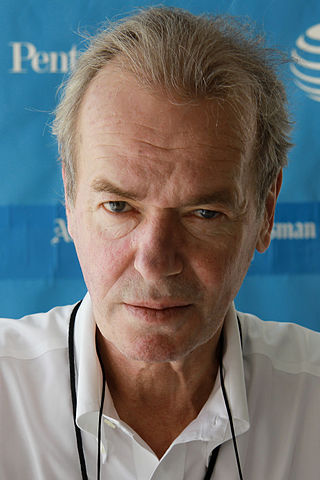
Sir Martin Louis Amis was an English novelist, essayist, memoirist, and screenwriter. He is best known for his novels Money (1984) and London Fields (1989). He received the James Tait Black Memorial Prize for his memoir Experience and was twice listed for the Booker Prize. Amis served as Professor of Creative Writing at the University of Manchester's Centre for New Writing from 2007 until 2011. In 2008, The Times named him one of the 50 greatest British writers since 1945.
Narration is the use of a written or spoken commentary to convey a story to an audience. Narration is conveyed by a narrator: a specific person, or unspecified literary voice, developed by the creator of the story to deliver information to the audience, particularly about the plot: the series of events. Narration is a required element of all written stories, presenting the story in its entirety. However, narration is merely optional in most other storytelling formats, such as films, plays, television shows, and video games, in which the story can be conveyed through other means, like dialogue between characters or visual action.

Postmodern literature is a form of literature that is characterized by the use of metafiction, unreliable narration, self-reflexivity, intertextuality, and which often thematizes both historical and political issues. This style of experimental literature emerged strongly in the United States in the 1960s through the writings of authors such as Kurt Vonnegut, Thomas Pynchon, William Gaddis, Philip K. Dick, Kathy Acker, and John Barth. Postmodernists often challenge authorities, which has been seen as a symptom of the fact that this style of literature first emerged in the context of political tendencies in the 1960s. This inspiration is, among other things, seen through how postmodern literature is highly self-reflexive about the political issues it speaks to.
A plot twist is a literary technique that introduces a radical change in the direction or expected outcome of the plot in a work of fiction. When it happens near the end of a story, it is known as a twist or surprise ending. It may change the audience's perception of the preceding events, or introduce a new conflict that places it in a different context. A plot twist may be foreshadowed, to prepare the audience to accept it, but it usually comes with some element of surprise. There are various methods used to execute a plot twist, such as withholding information from the audience, or misleading them with ambiguous or false information. Not every plot has a twist, but some have multiple lesser ones, and some are defined by a single major twist.

London Fields is a blackly comic murder mystery novel by the British writer Martin Amis, published in 1989. The tone gradually shifts from high comedy, interspersed with deep personal introspections, to a dark sense of foreboding and eventually panic at the approach of the deadline, or "horror day", the climactic scene alluded to on the very first page.
Reverse chronology is a narrative structure and method of storytelling whereby the plot is revealed in reverse order.
Nonlinear narrative, disjointed narrative, or disrupted narrative is a narrative technique where events are portrayed, for example, out of chronological order or in other ways where the narrative does not follow the direct causality pattern of the events featured, such as parallel distinctive plot lines, dream immersions or narrating another story inside the main plot-line. The technique is common in electronic literature, and particularly in hypertext fiction, and is also well-established in print and other sequential media.

Money: A Suicide Note is a 1984 novel by Martin Amis. In 2005, Time included the novel in its "100 best English-language novels from 1923 to the present". The novel is based on Amis's experience as a script writer on the feature film Saturn 3, a Kirk Douglas vehicle. The novel was dramatised by the BBC in 2010.
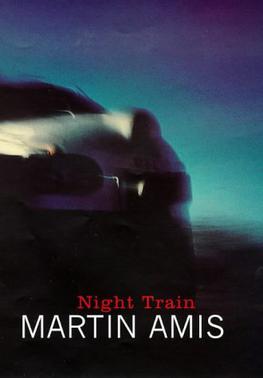
Night Train (1997) is a comedic parody of American detective novels by the author Martin Amis, named after the song "Night Train", which features twice in the novel.

Justine, published in 1957, is the first volume in Lawrence Durrell's literary tetralogy, The Alexandria Quartet. The tetralogy consists of four interlocking novels, each of which recounts various aspects of a complex story of passion and deception from differing points of view. The quartet is set in the Egyptian city of Alexandria in the 1930s and 1940s. The city itself is described by Durrell as becoming as much of a complex character as the human protagonists of the novels. Since first becoming available to the public and reviewers in 1957, Justine has inspired what has been called "an almost religious devotion among readers and critics alike." It was adapted into the film of the same name in 1969.

Love Medicine is Louise Erdrich's debut novel, first published in 1984. Erdrich revised and expanded the novel in subsequent 1993 and 2009 editions. The book follows the lives of five interconnected Ojibwe families living on fictional reservations in Minnesota and North Dakota. The collection of short stories in the book spans six decades from the 1930s to the 1980s. Love Medicine garnered critical praise and won numerous awards, including the 1984 National Book Critics Circle Award.

The Information is a 1995 novel by British writer Martin Amis. The plot involves two forty-year-old novelists, Gwyn Barry (successful) and Richard Tull. Amis has asserted that both characters are based on himself. It is, says Amis, a book about "literary enmity".

The Art of Fiction is a book of literary criticism by the British academic and novelist David Lodge. The chapters of the book first appeared in 1991-1992 as weekly columns in The Independent on Sunday and were eventually gathered into book form and published in 1992. The essays as they appear in the book have in many cases been expanded from their original format.
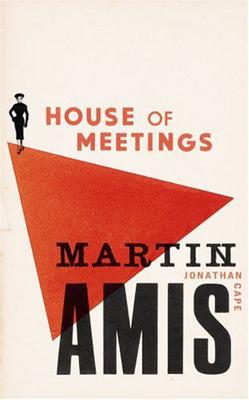
House of Meetings, by Martin Amis, is a 2006 novel about two brothers who share a common love interest while living in a Soviet gulag during the last decade of Stalin's rule. This novel was written by Amis during a two-year-long self-imposed exile in Uruguay following the release and tepid reception afforded to his 2003 novel Yellow Dog. The writing of House of Meetings "precipitated (another) creative crisis" for Amis, which Amis reflected upon in 2010:
"You see those Posy Simmonds cartoons of people by the pool having cocktails and saying into the Dictaphone, 'On the second day, the last child died,'" he says. "And I was in Uruguay, with my beautiful wife and beautiful daughters, living a completely stressless life. So I had to do my suffering on the page and, Christ, did I do it. I was very nervous about that book."

The Rachel Papers is Martin Amis's first novel, published in 1973 by Jonathan Cape.

Other People is a novel by British writer Martin Amis, published in 1981.
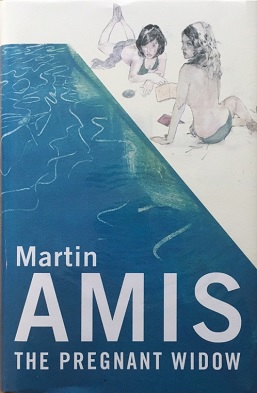
The Pregnant Widow is a novel by the English writer Martin Amis, published by Jonathan Cape on 4 February 2010. Its theme is the feminist revolution, which Amis sees as incomplete and bewildering for women, echoing the view of the 19th-century Russian writer, Alexander Herzen, that revolution is "a long night of chaos and desolation". The "pregnant widow", a phrase taken from Herzen's From the other shore (1848–1850), is the point at which the old order has given way, the new one not yet born. Amis said in 2007 that "consciousness is not revolutionised by the snap of a finger. And feminism, I reckon, is about halfway through its second trimester."

Dead Babies is Martin Amis's second novel, published in 1975 by Jonathan Cape. Its first UK and US paperback edition was published under the title Dark Secrets. Amis's second novel—a parody of Agatha Christie's country-house mysteries—takes place over a single weekend at a manor called Appleseed Rectory. In 2000, the book was adapted into a film of the same name, starring Paul Bettany and Olivia Williams. In 2001, BBC critic David Wood wrote "Amis's second novel ranks among his most incendiary with its mordant wit, black comedy, and sense of the violently absurd." It has an epigraph attributed to the Cynic Menippus and the novel has been interpreted as a Menippean satire.
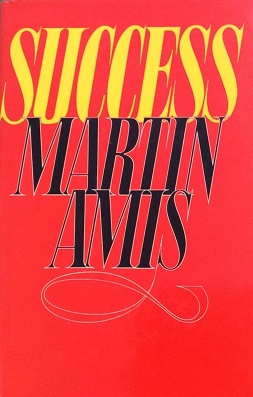
Success is Martin Amis's third novel, published in 1978 by Jonathan Cape.
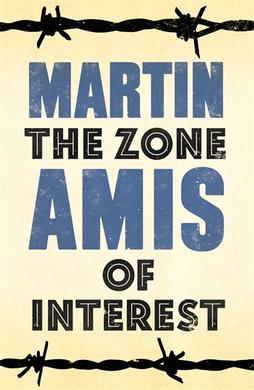
The Zone of Interest is the fourteenth novel by the English author Martin Amis, published in 2014. Set in Auschwitz, it tells the story of a Nazi officer who has become enamored with the camp commandant's wife. The story is conveyed by three narrators: Angelus Thomsen, the officer; Paul Doll, the commandant; and Szmul Zacharias, a Jewish Sonderkommando.














